Syracuse – Wings, Whiskey and the Quest to Lose 10 Pounds on a Baseball Road Trip
- Ken Smoller
- Aug 17, 2021
- 11 min read
Updated: 2 days ago

We have all heard the line, “nothing good happens after midnight”. In my case, I made a deeply misguided wager around one in the morning while hanging out with a close friend in Providence, RI. After a fair number of adult beverages, my buddy and I were chatting about my desire to shed a few quarantine “inspired” pounds. Somehow, someway, we ended up betting a substantial sum of money that I couldn’t lose 10 pounds in two weeks. My initial thought was easy-peasy.
With the kids away at overnight camp, my late-night brain determined that I could simply rev up the exercise and downshift the clandestine teddy graham consumption and easily drop the requisite weight. When I woke up the next morning for my initial weigh-in, I opened up the calendar on my phone to plan out my healthy meals and realized there was a big fitness blackhole in the middle of the agenda – an upcoming trip to Central and Western New York to check out a few ballparks in Syracuse, Rochester and Buffalo. My immediate thought was that my “easy-peasy” goal was going to be nearly impossible given the culinary and liquid delights that awaited me on my NY Thruway journey upstate (a term that I soon learned was quite controversial).
The Central New York city of Syracuse has a skyline filled with architectural gems from the early 20th Century.
Most American sport fans know the “Salt City” as the home of Syracuse University and the legendary basketball madhouse of the Carrier Dome. Beyond the SU campus, Syracuse is a virbrant city of distinct neighborhoods and traditional ethnic enclaves, despite the city of 141,491 sometimes getting a bad rap in the media. Throughout downtown Syracuse, one can walk down streets that still house the faded glorious architectural gems that sprung up during the rise of the railroad and the Erie Canal. On these streets are some fantastic old pubs and restaurants that feel like a time machine trip.
Walking around downtown Syracuse feels a bit like a walk back in time.
I personally had not been to Syracuse in over 20 years. The last time that I was there was for a football game between Michigan (my alma mater) vs the Orange of Syracuse at the Carrier Dome in 1998. During that sloppy ugly game, Michigan won the game by splitting time between their two platooning quarterbacks. One QB was Drew Henson, who would go on to play baseball in the Yankee’s organization and have a brief stint with the Cowboys. The other QB was an unheralded backup who went on to win a mere 7 Super Bowls and go on to become THE GOAT.
Tom Brady completed only 5 of 10 passes to help Michigan beat Syracuse 18-13 on September 18, 1999, while splitting time with starting QB Drew Henson.
For my first Syracuse journey in 22 years, my focus would be on baseball rather than the better-known Syracuse University hoops and football teams. In addition to attending a Syracuse Mets Saturday night game, my schedule included another minor league game in Elmira, NY and the Toronto Blue Jays taking on the Red Sox at the Jays’ triple AAA minor league ballpark in Buffalo, NY (Note: those stories will be told in later posts). While munching on low cal carrot sticks on the highway west from Boston, I tried to avoid the slew of fast food restaurants as I made the 356 mile trek towards the Elmira Pioneer‘s baseball “appetizer” game prior to the Buffalo Blue Jays “main course” contest.
While I gently ignored the New York state speed suggestions, I cruised towards the faded city of Elmira and arrived at historic Dunn Field Municipal Stadium (opened in 1938) just minutes before first pitch Yet, despite sunny skies, I arrived to an empty ballpark and learned from a random guy in a pickup truck (perhaps a questionable source) that the game was “rained out”. This phantom rainout seemed like an inauspicious start to the long weekend. Undaunted, I moved on to my Ithaca, NY hotel to rest up for the balance of the trip.
Due to a questionable rainout, I had to settle for photo of Historic Dunn Municipal Stadium through a knothole in the outfield fence.
While rain did briefly pass through nearby Ithaca, I enjoyed a fantastic Appalachian night exploring the town. Although both Cornell University and Ithaca College weren’t in session, the streets of downtown Ithaca were filled with diners, shoppers and pubgoers. In an effort to get myself on the right side of my ten pound bet, I skipped grabbing a beer and had a light sushi dinner from a restaurant that appeared to be run by the 10 year old son of the restaurant owner.
Despite my concerns about local child labor law violations, I had kept myself on track for day 1. Even better, I logged in a slew of steps on my Apple watch in the morning while exploring Ithaca and Cornell. Once I was ready to meet up with a friend in Syracuse, the black clouds started rolling in from the Adirondacks. I wondered what omen those dark skies were sending me about my fitness efforts, but I knew it killed my plans for long purposesful walks around Syracuse.
Ithaca is known for its well-preserved quaint downtown and series of waterfalls dotting the gorges through the town .
Left: Cornell’s football stadium Schoellkopf Field, built in 1915.
Right: Barton Hall, former home of the Cornell basketball team and site of a legendary Grateful Dead concert.
As the skies opened and flooded the one lane highway to Syracuse, I became quite concerned that the Saturday night Syracuse Mets vs Rochester Redwings game would get rained out. I was particularly eager to see the “newish” Syracuse ballpark for a couple reasons. For starters, the first minor league game that I had ever attended was watching the Syracuse Chiefs (then a Toronto Blue Jays’ farm team) play at the now-demolished MacArthur Stadium in 1988.
I recalled the Big Mac (opened in 1934; closed in 1996) seemed decrepit, even in comparison to my hometown ballparks of Comiskey (opened in 1910) and Wrigley (opened in 1914). What it lacked in modern amenities, it made up for with a sense of gritty charm that dripped with history. Nevertheless, MacArthur Stadium was demolished in 1997 and the redubbed SkyChiefs moved into a new stadium then known as P&C Stadium built right next to the Big Mac.
Left: MacArthur Stadium, Home of the Syracuse Chiefs in 1988.
Right: The construction of the new Syracuse ballpark in 1996 as seen in a photo in the Syracuse Mets Museum at NBT Bank Stadium
Beyond my interest in seeing the new Syracuse ballpark, the game for which we had tickets was going have a fantastically obscure giveaway – the Ted and Amy Bobblehead. Apparently, St. Joseph Health was celebrating “Heart Health Awareness Night” by giving out a two-headed bobblehead featuring the legendary morning DJs from Syracuse’s #1 Hit Music Stadion 93Q, which felt like a positive omen for my weight loss efforts. That omen turned as dark as the clouds when my friend told me the game was postponed due to rain and we would need to find alternate ways to entertain ourselves that afternoon/evening.
Despite the lofty promise from this postcard that I got back in 1988, rain would wipe out Ted and Amy bobblehead night.
With that news, my attempt to win my weight loss wager was going to take a hit. My friend, who comes from a long-time Syracuse family, planned to give me a detailed tour of the pubs of Syracuse. While I had been abstaining from alcohol all week to save my drinks for the weekend, my mental beverage allotment likely was going be surpassed on this gray rainy Central New York afternoon. Sure enough, our first stop was a local institution with inexpensive drinks and staggeringly good wings.
While people often feel nostalgically boastful about their hometown foods, these wings indeed were DAMN good. Meaty and flavorful, with a crispy outside and moist inside, the wings at Swallows on South Ave. exceeded expectations. Beyond that, despite being the interloper at a neighborhood pub, I was treated with a welcoming sense of warmth. For what it’s worth, I did limit my wing intake to six and tripled up on the celery sticks. The free flowing Jameson and Labatt’s Blue Light (a beer that brings back college memories from my Ann Arbor, MI days) may have offset my attempts at a light meal.
Once we left our first stop, I learned that Syracuse is home to a huge and proud Irish neighborhood that just happens to include a number of fantastic bars. Furthermore, my friend opened her glove compartment to reveal that she had a ziplock bag loaded with drink tokens for prepaid drinks at a variety of neighborhood watering holes. Little did I realize, but our weekend was just getting rolling.
Tipperary Hill (aka Tip Hill) is the location of Syracuse’s historic Irish neighborhood, which includes a bunch of great local bars such as Nibsy’s Pub and Steve’s. For better or worse, many pubs treated our drink tokens as legal tender.
While each pub featured its own series of traditions and stories, I was particularly amused by Coleman’s (opened in 1933). It had two elements that I dug. For starters, their front door had a smaller door to its right. Upon closer inspection, I realized this dog-sized door actually was the “Leprechaun Entrance”. Secondly, before we entered, my friend showed me the nozzle outside that is connected to the “Famous Green Beer Subterranean Tanks”. On “Green Beer Sunday”, a few weeks before St. Patrick’s Day each year, patrons crowd around as the so-called “cap 9,000 gal” tanks are loaded with green beer.
Coleman’s in the Tipperary Hill neighborhood has a Leprechaun entrance and a designated spout receiving bubbly nectar for Green Beer Sunday.
Given my desire to keep calories to a relative (“relative” is doing a lot of work in this sentence) minimum, we toured Syracuse a bit when the rain let up. In particular, I wanted to grab a few photos of the SU campus and stadiums. Syracuse University has a huge campus, with a fantastic blend of old and modern architecture.
Left: Crouse College Hall, built in 1888.
Center: Hendricks Chapel.
Right: Carnegie Library with my friend parking in a legally dubious location.
Given its amazing basketball history, I wanted to check out the existing and former homes of the hoops teams. While the basketball team has played in the cavernous Carrier Dome since 1980, their old homes still stand. Manley Fieldhouse, now used for football practices, was the basketball home from 1962 until it “officially” closed against John Thomsen’s Georgetown when the Hoyas snapped 2nd ranked Syracuse’s 57 game home winning streak in the final game in February 13, 1980. Before Manley, the basketball teams played at Archbold Gymnasium (opened 1908), which has been substantially rebuilt for other athletic purposes.
Left: Archbold Gymnasium, SU basketball home for almost 60 years and now an athletic facility.
Right: Manley Fieldhouse, SU basketball home from 1962-1980, and now a football practice facility.
Left: The 49,350 seat Carrier Dome, sporting a new roof since I last visited in 1998.
Right: “Boeheimburg”, where students line up for choice seats for hoops games.
A silver lining came out of the gray cloud of the Ted and Amy Bobblehead night rainout. Namely, my friend was able to hook us up with a private tour of the Syracuse Mets ballpark before the Sunday afternoon game by the team’s General Manager Jason Smorol. Jason, who has been with the team for eight years, showed us every nook of NBT Bank Stadium (bonus: extra steps for my much-needed calorie burn after the rainy pub crawl). Little did I realize, but the 24 year old ballpark had just undergone a $25 million upgrade following the New York Mets purchase of the team in 2017. In connection with those renovations, which were paid for by the parent club from Queens, the Mets signed a 25 year lease extension for the Onondaga County owned ballpark.

A panoramic view of NBT Stadum from the rooftop of the ballpark.
Prior to the New York Mets’ purchase of the team, which included a name change from the Sky Chiefs to the same name as the AAA team’s parent club, the team had been community owned from 1961 until 2017. When the community took over the club, it was struggling to survive. In contrast, Mr. Smorol told me that the Mets’ purchase of the team led to a huge increase in attendance given the fans’ interest in the Mets’ prospects and rehabbing players passing through Syracuse.
Left: The main gate at the newly-dubbed NBT Bank Stadium.
Right: A model of what the ballpark looked like when it opened in 1997.
The Mets colors and history feature prominently throughout NBT Bank Stadium, with highlights being two huge paintings of Hall of Famers Tom Seaver and Mike Piazza.
One of the uncommon features of the remodeled Syracuse ballpark is the team’s museum and hall of fame located under the first base grandstand. The museum, which is run by long-time season ticket holders, includes a treasure trove of memorabilia and photographs of Syracuse baseball dating back to the 1880s. In fact, Syracuse briefly was a major league city when the Syracuse Stars played in the National League at Star Park (aka Newell Park) in downtown Syracuse in 1879.
The Syracuse Mets Hall of Fame and Museum is a rare feature for a minor league ballpark. During our visit, the team’s General Manager Jason Smorol shared stories of the rich baseball past in Syracuse.
Beyond the museum, history also is served in another special way at NBT Bank Stadium. The outfield light standards are the same ones that were used at MacArthur Stadium before it was demolished in 1997.

The outfield lights at NBT Bank Stadium are the same ones used at old MacArthur Stadium.
While touring around the ballpark, Jason Smorol treated us to a barrage of facts about the team and the stadium itself. Given that he has been part of the team for a while, he beamed with pride when Jason explained about the recent renovations that elevated the ballpark to one of the better ones in the minors. Overall, the whole operation clearly showed that it has major league pedigree (insert your own New York Mets joke here if you hail from Queens or Long Island).
Top: General Manager Jason Smorol details all the recent renovation at NBT Bank Stadium.
Left: The funky bar area in leftfield, including a net to protect fans and the counter made partially of recycled bottles.
Right: The Syracuse Mets’ mascot The Scooch.

The upper deck at NBT Bank Stadium is cantilevered over the last few rows of the lower deck, leading to amazing views of the action that evoke memories of Wrigley Field, Comiskey Park and Tiger Stadium.
Another challenge to my weight loss mission was the food at NBT Bank Stadium. While I tried to avoid bingeing on the wide variety of available culinary options, I felt compelled to try at least one hot dog. The Syracuse Mets serve hot dogs from the Hofmann’s Sausage Company, a Central New York institution dating back to 1879. Unlike hot dogs found in nearby New England ballparks, Hofmann’s has a natural casing, leading to a “snappy” first bite. I found the hot dog to be amazing, but the bun was a bit too big and overwhelmed the overall dog experience. That said, as a Chicagoan by birth, I am admittedly picky on my hot dog standards.
Overall, NBT Bank Stadium proved to be one of the better minor league ballparks that I have visited. It has an intimate feel, despite having a substantial upper deck. That upper deck was my favorite feature as it provided a fantastic vantage point rare in ballparks. I especially enjoyed how much the park integrated various elements of this ghost neighbor MacArthur Stadium, such as using that park’s light standards. While I have reverence for older parks like Big Mac, I found NBT Bank Stadium to be a substantial upgrade, especially with its recent improvements.

Outside of the ballpark, Syracuse provided a number of hurdles to my weight lost race (residual Olympics fever). One of those hurdles was provided by the cheeseburger at the Blarney Stone. More than a few people that I met in Syracuse described it as the best burger in town. I am not sure I can say that I agreed and may need many more turns at bat to confirm. I can say that Dinosaur’s BBQ is some of the best outside of Texas. The mini-chain now has other outposts beyond Syracuse, but the original one is known for its succulent ribs and large biker gatherings.
Left: The cheeseburger at the Blarney Stone; Right: Dinosaur’s flagship bbq restaurant.
So where did all of the fantastic food and beverages offered by Syracuse leave me on my ten pound weight loss quest…ambiguous. I returned to Boston after the trip and my scale told me that I lost about 10 pounds compared to my friend’s scale. That said, the initial weigh-in was on his scale, which may or may not have been close to accurate. As a result, the unspoken result of the bet was a “tie” and no money exchanged hands.
I do take it as a mild victory that I did not GAIN weight during my journey to Syracuse. I am sure there is a deep dark metaphor to be gleaned, but I may not be wise enough to interpret its meaning. I’ll stick to the simple conclusions for now, I need to get back to Syracuse more frequently and ribs are fantastic.
All text and photos by Ken Smoller (aka the Stadium Vagabond) Copyright 2023.

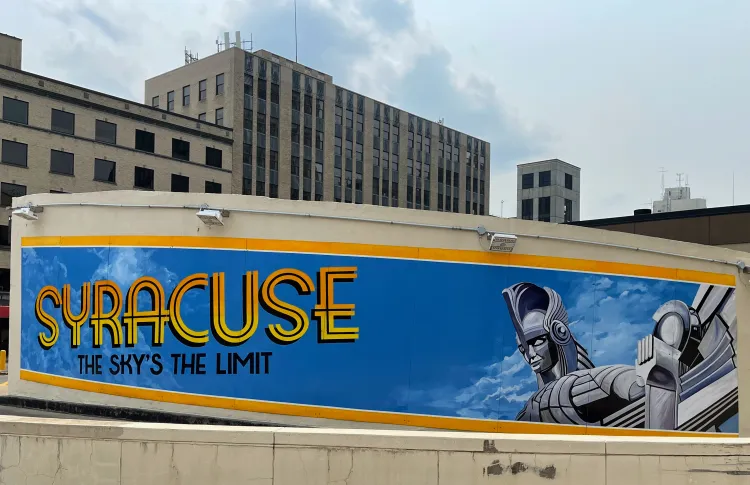









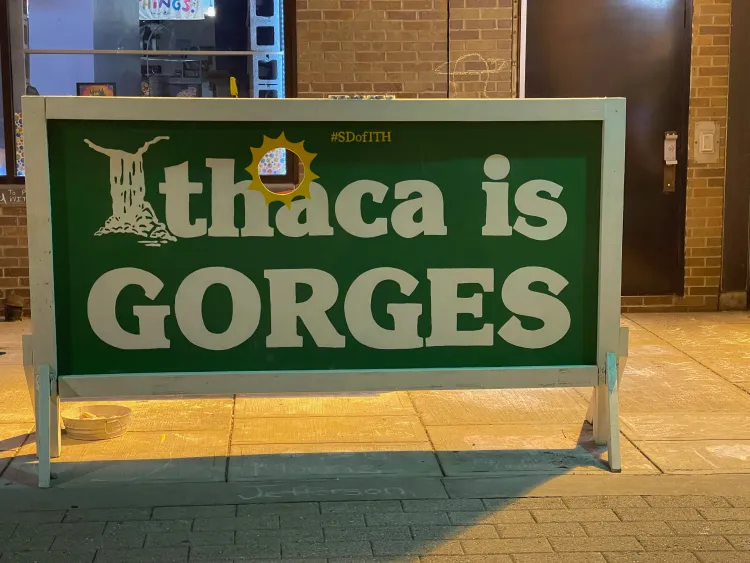












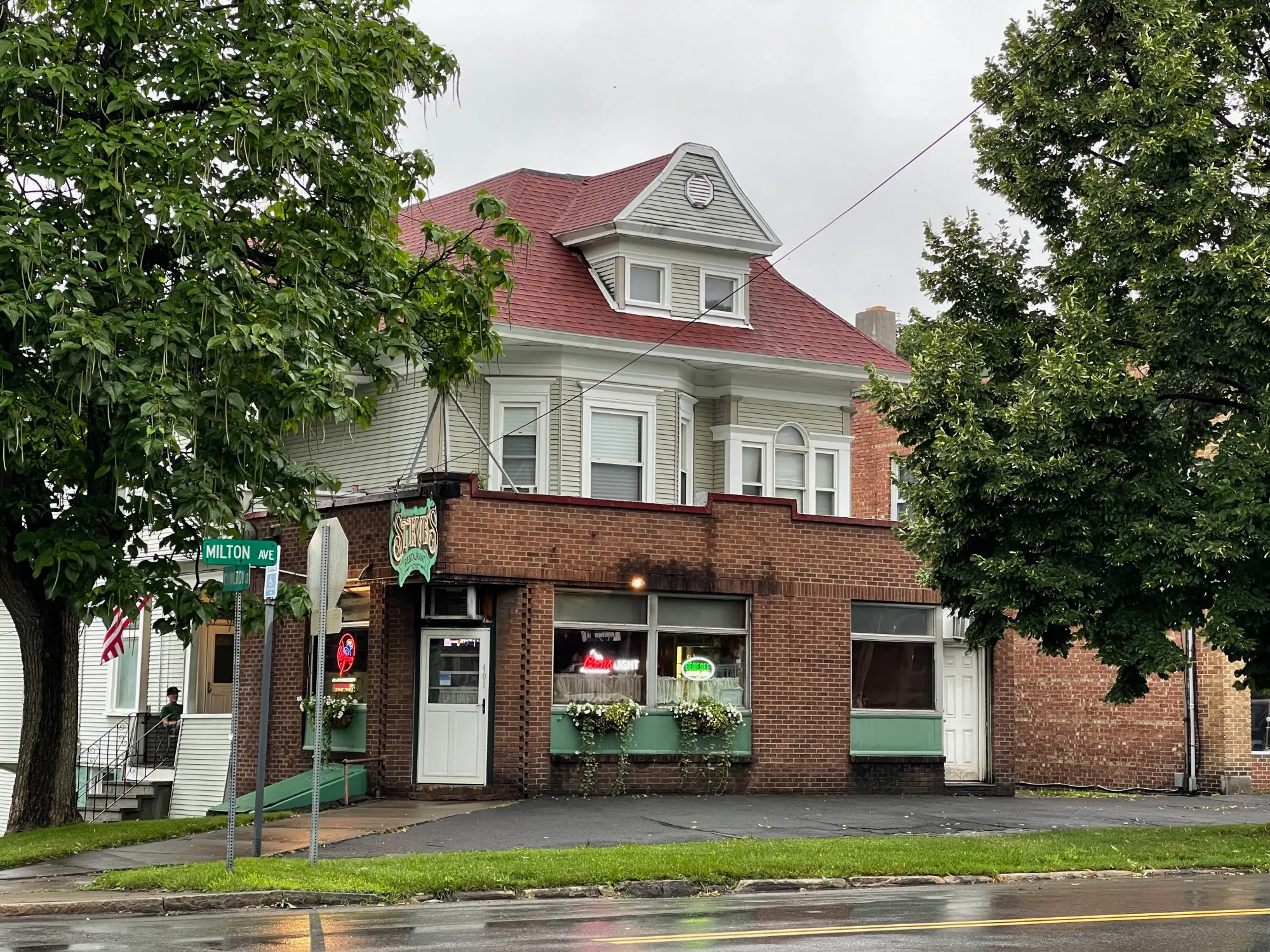
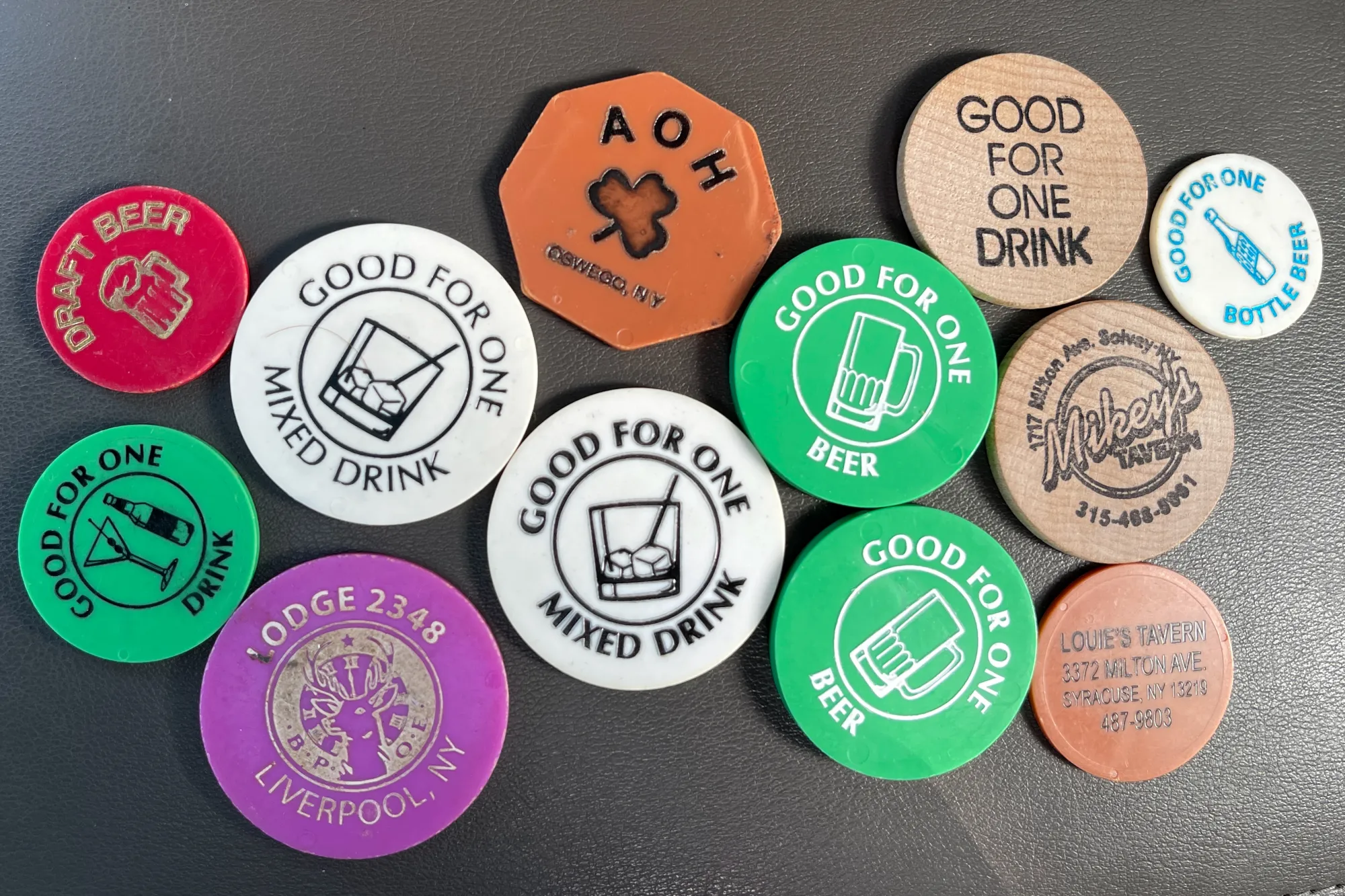


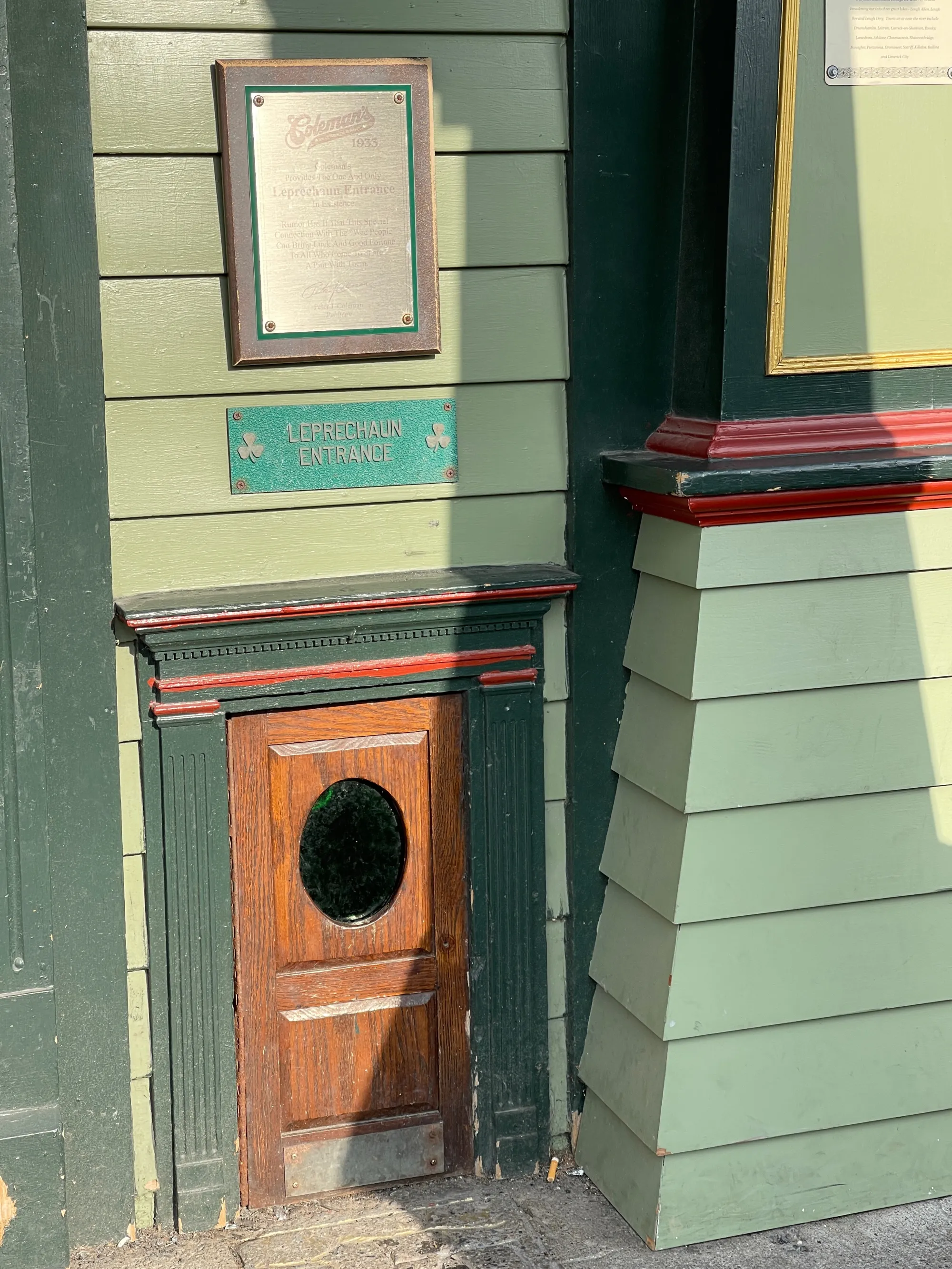

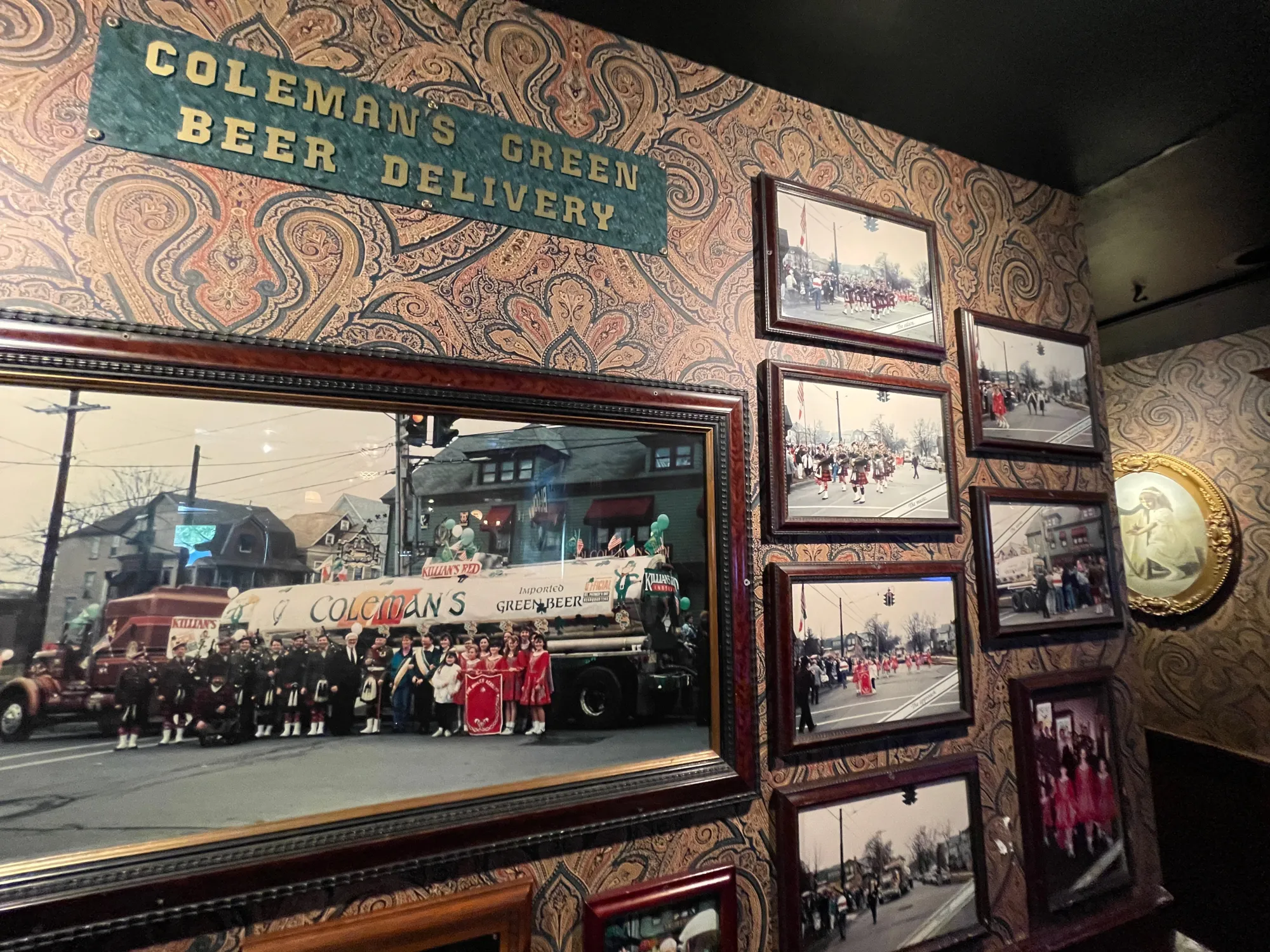
















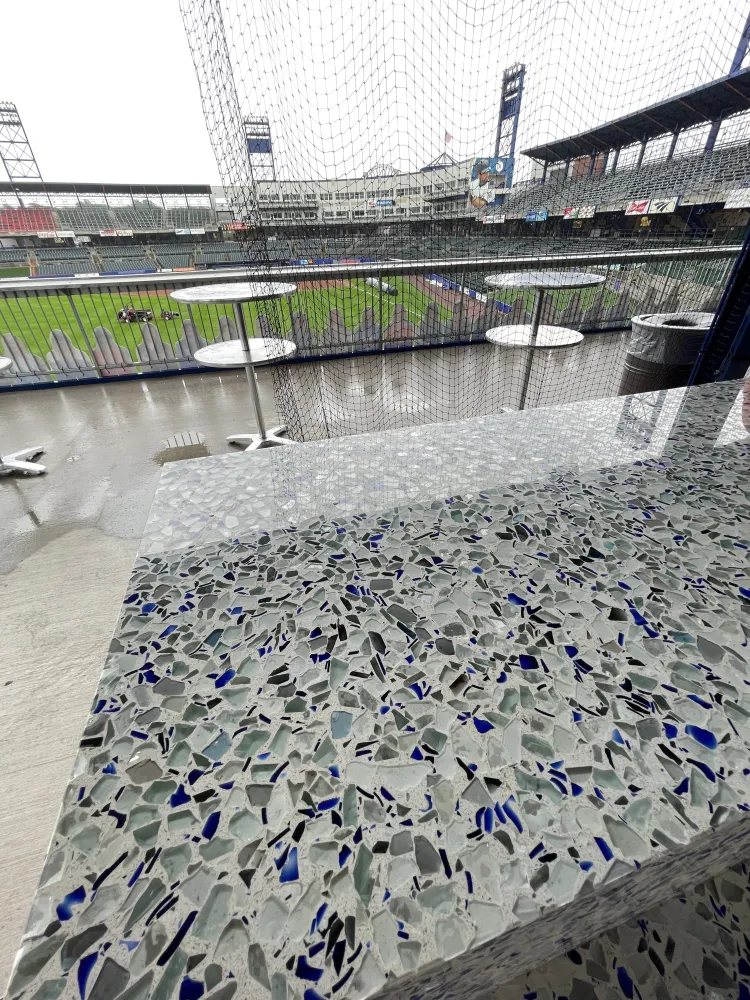









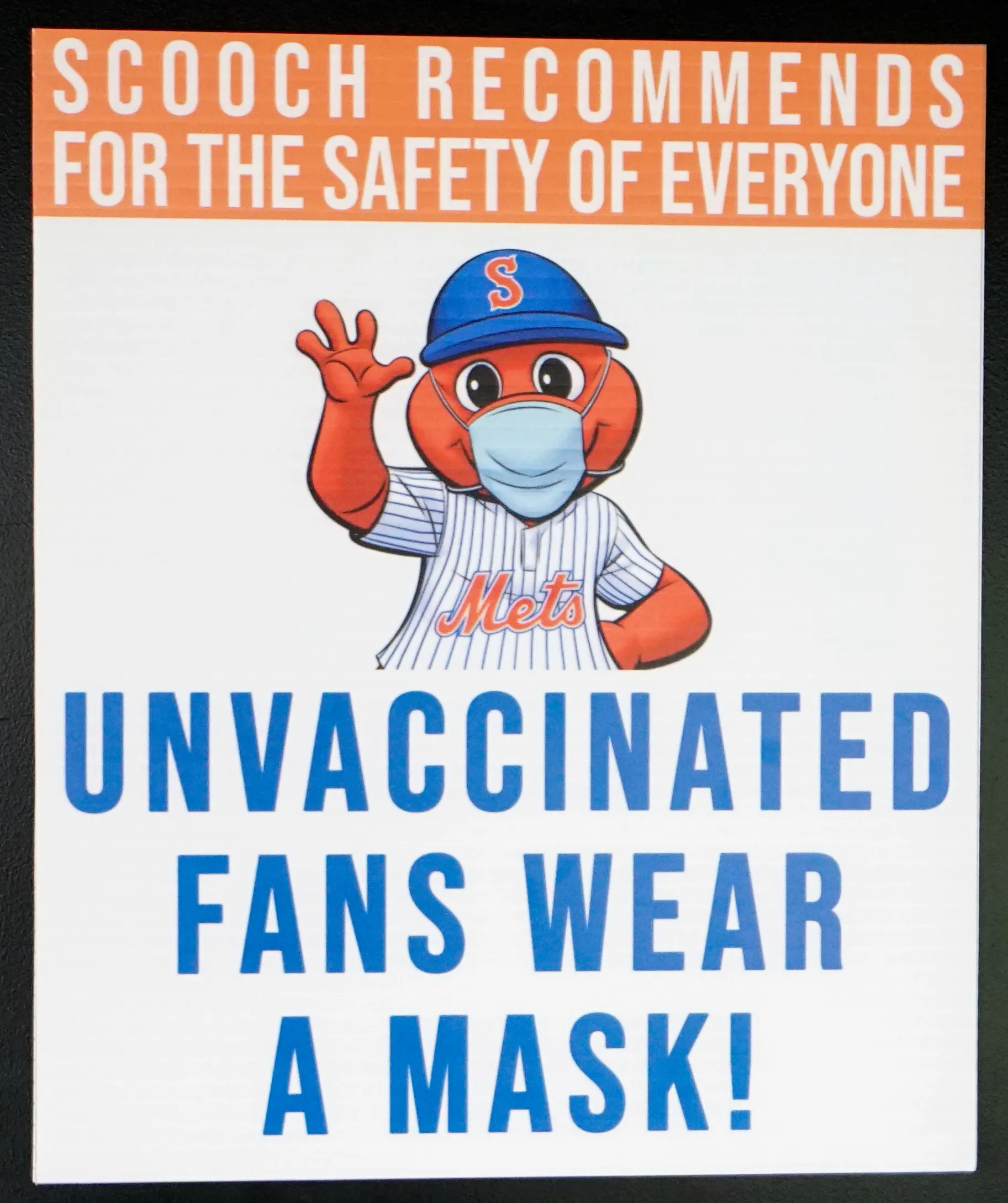
Comments